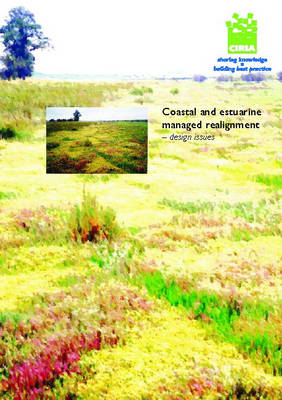Managed realignment is a deliberate process of altering a flood defence to allow flooding of a previously defended area. It can make use of natural defences such as sand dunes, saltmarshes, shingle ridges and other coastal features that absorb wave and tidal energy. The technique offers long-term sustainable management of coasts and estuaries for a variety of stakeholders, demanding fewer resources compared with hard defences and giving scope for creating (or re-creating) habitats for wildlife. There is also the potential to apply the technique to achieve land management targets for biodiversity, landscape, public access, archaeological and other purposes, while in the long term financial savings are possible compared with hard defences. This important work provides much-needed guidance on the design and implementation of managed realignment. Users will be in a better position to gain from past experience and to avoid many of the problems that have arisen in earlier schemes. The book begins with an examination of the need for, and constraints on, managed realignment.Following sections identify opportunities for using the technique, consider economic and legislative aspects, and outline the different methods that can be used.
Other topics covered include physical processes and morphology, assessment, monitoring, communication, and research and development activities. The book includes three case studies that provide useful information on the effectiveness and impact of schemes. This book's comprehensive guidance on the design and construction of managed realignment schemes will be of value to coastal and estuarine managers and engineers, consultants, environmental regulators, geomorphologists, modellers, consenting authorities and environmental advisers.
- ISBN10 0860176282
- ISBN13 9780860176282
- Publish Date 8 October 2004
- Publish Status Active
- Publish Country GB
- Publisher CIRIA
- Imprint Construction Industry Research & Information Association (CIRIA)
- Pages 215
- Language English
